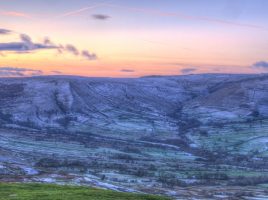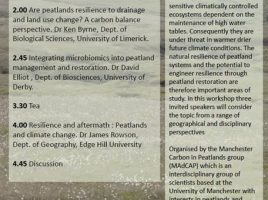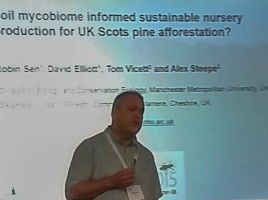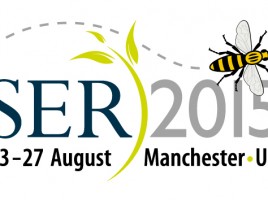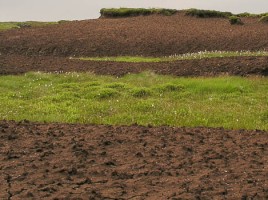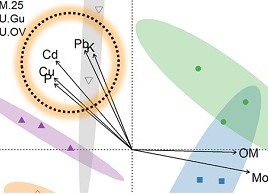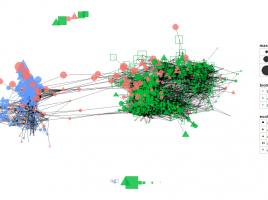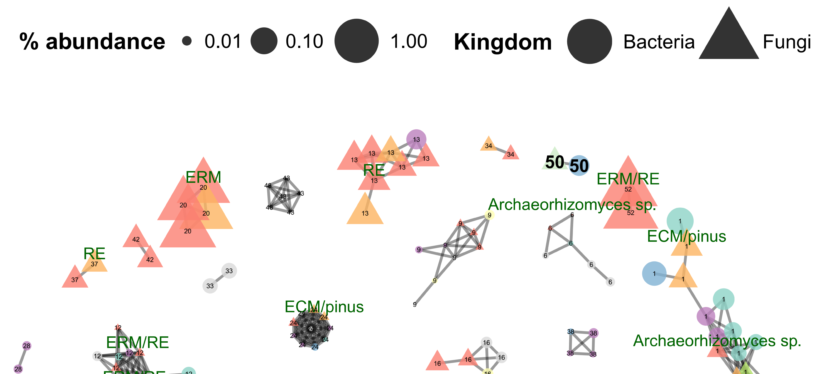
Changes in nitrogen functional genes and microbial populations in soil profiles of a peatland under different burning regimes
Microbes in peatlands provide key ecosystem services and are essential for their role in biogeochemical cycling. Prescribed burning is a common aspect of peatland management but the practice has been criticized for being ecologically damaging due to its effect on the biological, chemical and physical properties of the soil. It …

